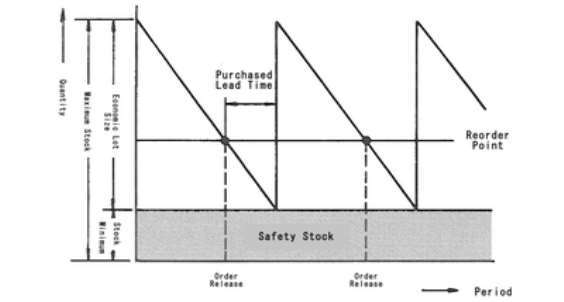Cash Conversion Cycle (CCC) measures ongoing liquidity from the firm’s operation is defined as a more comprehensive measure of working capital and as a supplement to current ratio and quick ratio. CCC shows the time lag between expenditure for the purchases of raw materials and the collection of sales of finished goods. CCC is a measure of the efficiency of Working Capital Management as it indicates how quickly the current assets are converting into cash. CCC comprises three components of days inventory outstanding (DIO), days sales outstanding (DSO), and days payables outstanding (DPO);
Cash Conversion Cycle (CCC) = Days Inventory Outstanding (DIO) + [Days Sales Outstanding (DSO) -Days Payables Outstanding (DPO)]
- Days Inventory Outstanding (DIO) is a key figure that measures the average amount of time that a firm holds its inventory.

